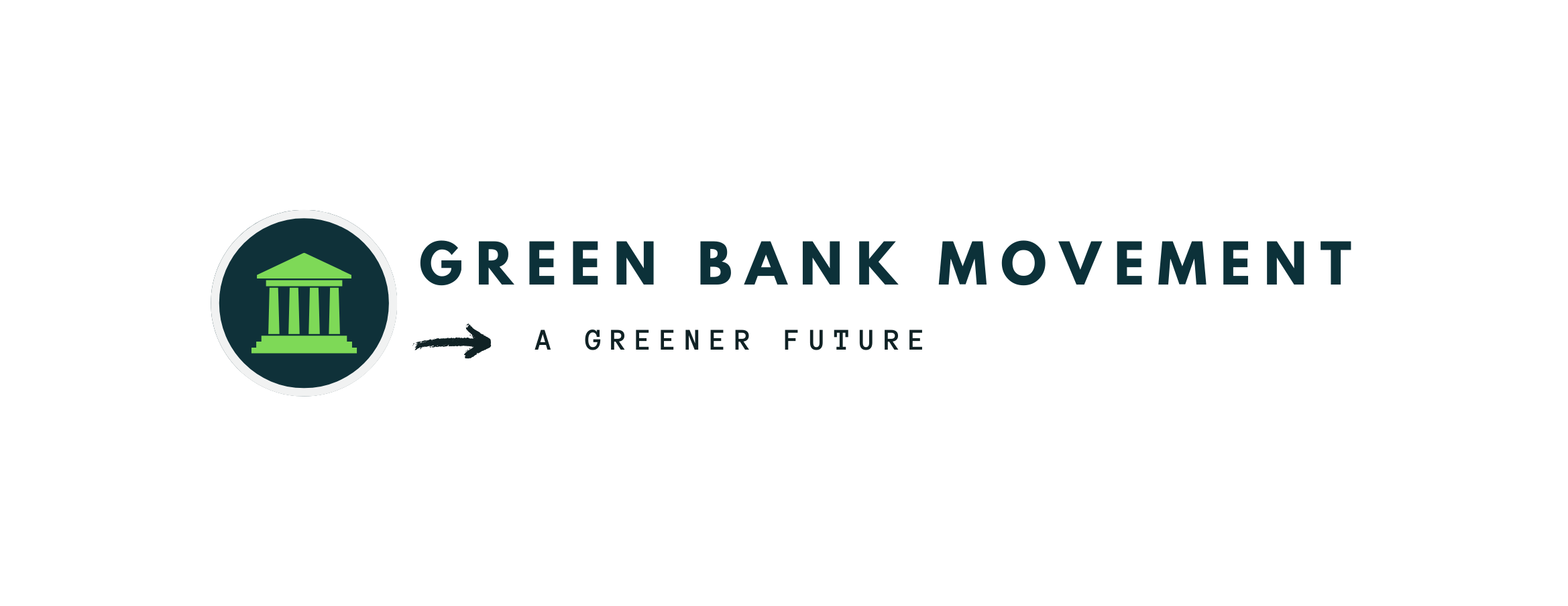GREEN BANK 101
Everything You Need to Know
WHAT'S A GREEN BANK?
Green banks are mission-driven public finance institutions that use traditional financing tools to lower greenhouse gas emissions and accelerate the clean energy transition.
Unlike banks, which prioritize profit, are cognizant of risks, accept deposits, manage savings, and handle transactions with customers; green banks focus on the market gaps that prevent us from bringing the green transition to scale.
Similarly, they’re not here to replace commercial and community financial institutions or other policy tools, their goal is to connect the dots between industries and markets so that clean energy adoption is accessible and accelerated.
Through this approach, green banks use leverage to unlock new capital and redirect clean energy investments to underserved markets on the frontline of the climate crisis.
HOW DO GREEN BANKS MAKE THIS POSSIBLE?
Due to a variety of barriers, such as poor enforcement levels, cost, politics, accessibility, etc, market demand for clean energy adoption varies, and as a result, there are higher levels of perceived risk around green technology, solutions, and investments. In consequence, these risks are magnified in critically impacted zones where income and socio-economic status are relatively low.
To confront these challenges, green banks use limited amounts of public funds to minimize the risk associated with new clean energy markets to increase demand and attract outside investments from the private sector toward the rapid adoption of green technology.
This method eliminates perceived risk and increases the willingness to adopt. Green banks also use tools like leverage to unlock new capital that can be redirected toward underserved markets on the frontline of the climate crisis.
This is why green banks are an effective approach to climate policy because they use their financial tools to develop a multitude of tactics to encourage investment in clean solutions and navigate them toward underserved and neglected markets.



